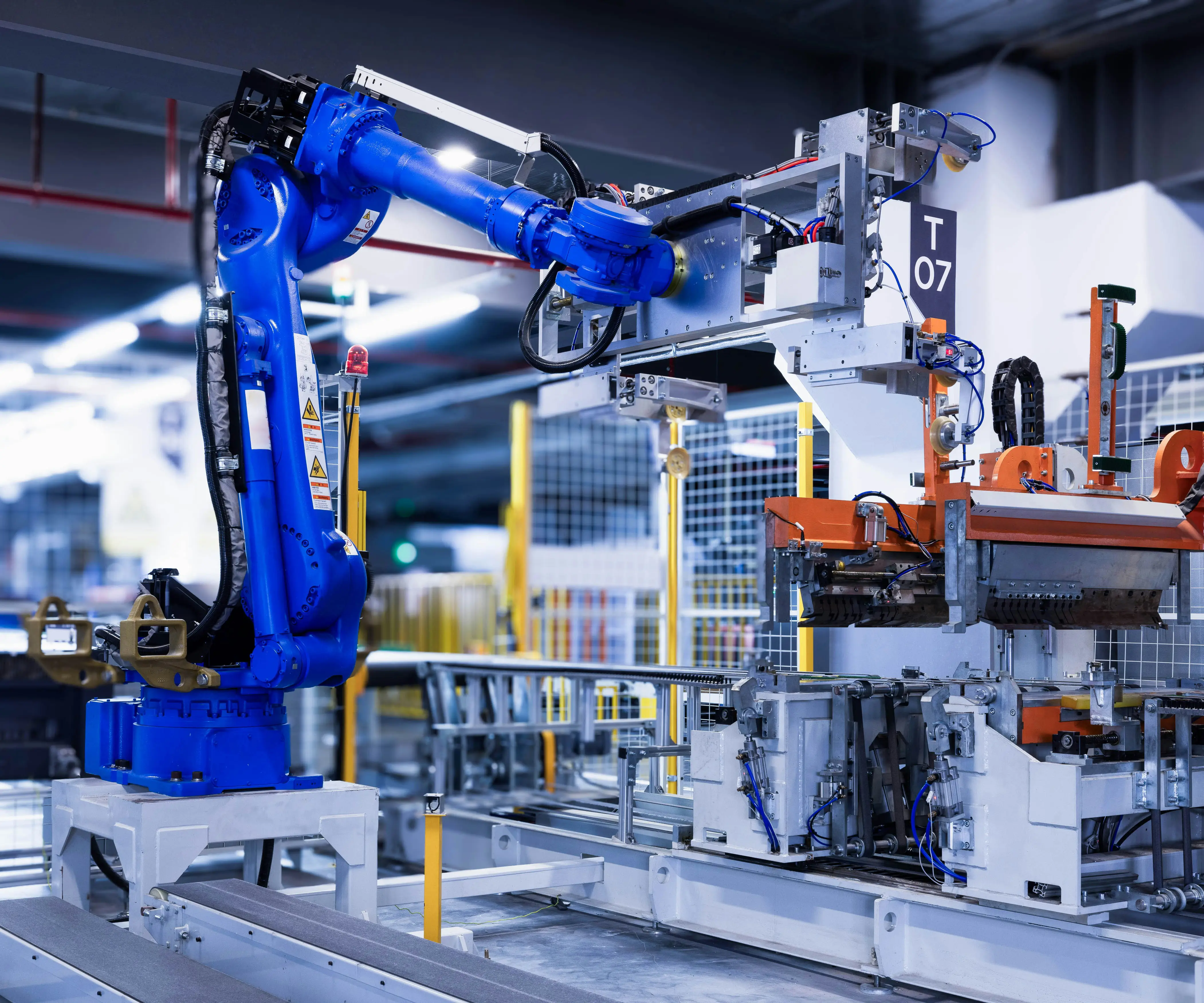Unlocking Precision: A Deep Dive into Servo Motor Magnetic Encoder Calibration
In the fast-paced realm of industrial automation, robotics, and motion control, servo motors stand out as the backbone of precision and reliability. These sophisticated devices transform electrical energy into controlled mechanical motion, enabling everything from robotic arms in manufacturing lines to precision CNC machines. At the heart of their exquisite control lies a critical component—the magnetic encoder.

A magnetic encoder acts as the nervous system of a servo motor. It continuously provides real-time positional feedback, allowing the motor's controller to adjust torque and speed with astonishing accuracy. Without this feedback, servo control would be a mere guesswork, leading to errors, inefficiencies, and potential system failures.
But here’s the subtlety: even the most sophisticated magnetic encoders can drift away from their ideal states over time. External factors such as temperature fluctuation, mechanical shocks, magnetic disturbances, or simply wear and tear can compromise their accuracy. That’s where the meticulous art of magnetic encoder calibration comes into play.
Why is magnetic encoder calibration so critical?
Imagine trying to walk a tightrope with a shaky map; at first, you might have a general idea of where you are, but as the map becomes inaccurate, your balance and precision suffer. Similarly, if your magnetic encoder’s readings become slightly off, the entire control system can lose harmony. This can result in minor positional errors that escalate into significant issues—misalignments, reduced repeatability, or even equipment damage.
Calibration is essentially the process of adjusting and aligning the encoder’s output to match a known standard or reference. It ensures that the signals the encoder sends accurately represent the true physical position of the motor shaft or moving part. As demand for higher precision grows, so does the importance of thorough calibration.
Understanding Magnetic Encoders: How do they work?
Magnetic encoders operate based on magnetic fields. They typically consist of a magnet attached to the rotating shaft and a sensor array—either a Hall effect sensor or a magnetoresistive device—that detects changes in magnetic flux as the shaft turns. The sensor converts magnetic signals into electrical pulses or digital signals that indicate position.
The key factors influencing an encoder's readings include:
Magnetic field strength and homogeneity: Uneven or weakened magnetic fields can produce unreliable signals. Sensor alignment and positioning: Minor misalignments can introduce errors. Electronic noise and interference: External magnetic or electrical disturbances can distort signals.
Given these variables, precise calibration ensures that the sensor's readings correctly correspond to the actual physical position, accounting for any inherent discrepancies or environmental factors.
The calibration process:
Calibration involves several stages, often guided by specific protocols depending on the encoder and the system:
Initial assessment: Verify the current accuracy by comparing the encoder's output against a known reference or measurement device. Adjustment or compensation: Use software or hardware settings to align the encoder's output with the physical position. Many modern encoders feature built-in calibration modes or adjustable parameters. Verification: Re-measure to confirm that the adjustments have corrected discrepancies effectively. Repeatability check: Ensure that calibration holds over multiple cycles and environmental conditions.
In many cases, calibration isn't a one-time procedure. Regular recalibration helps maintain peak performance, especially in high-precision applications.
Methods and tools for magnetic encoder calibration
Manual calibration: Using external measurement devices like laser trackers or rotary encoders to cross-verify. Operators manually adjust settings within the encoder’s software interface until readings align. Automated calibration routines: Many advanced servo systems incorporate software that guides the process, often involving motor rotation through known positions and creating correction maps. Magnetic field calibration fixtures: Specialized fixtures that produce a controlled magnetic environment, enabling sensor calibration for more accuracy.
Calibration tools often include data acquisition systems, software interfaces, and reference standards. The process must be performed in stable conditions to avoid environmental interference that might affect readings.
Benefits of proper calibration:
Enhanced positional accuracy: Ensures the system's commands translate precisely into physical movements. Reduced mechanical stress: Accurate feedback minimizes unnecessary wear and tear. Increased system efficiency: Properly calibrated servos operate smoothly and with less energy waste. Lower maintenance costs: Prevents misalignments and reduces equipment downtime.
As we deepen our understanding, it becomes apparent that the calibration of magnetic encoders isn’t just about initial setup; it’s a vital maintenance step that underpins operational excellence.
In the next part, we’ll explore advanced calibration techniques, best practices, troubleshooting common issues, and emerging technologies shaping the future of magnetic encoder calibration. Stay tuned to unlock even greater precision and reliability in your servo systems.
Leveraging innovations in modular drive technology, Kpower integrates high-performance motors, precision reducers, and multi-protocol control systems to provide efficient and customized smart drive system solutions.




































